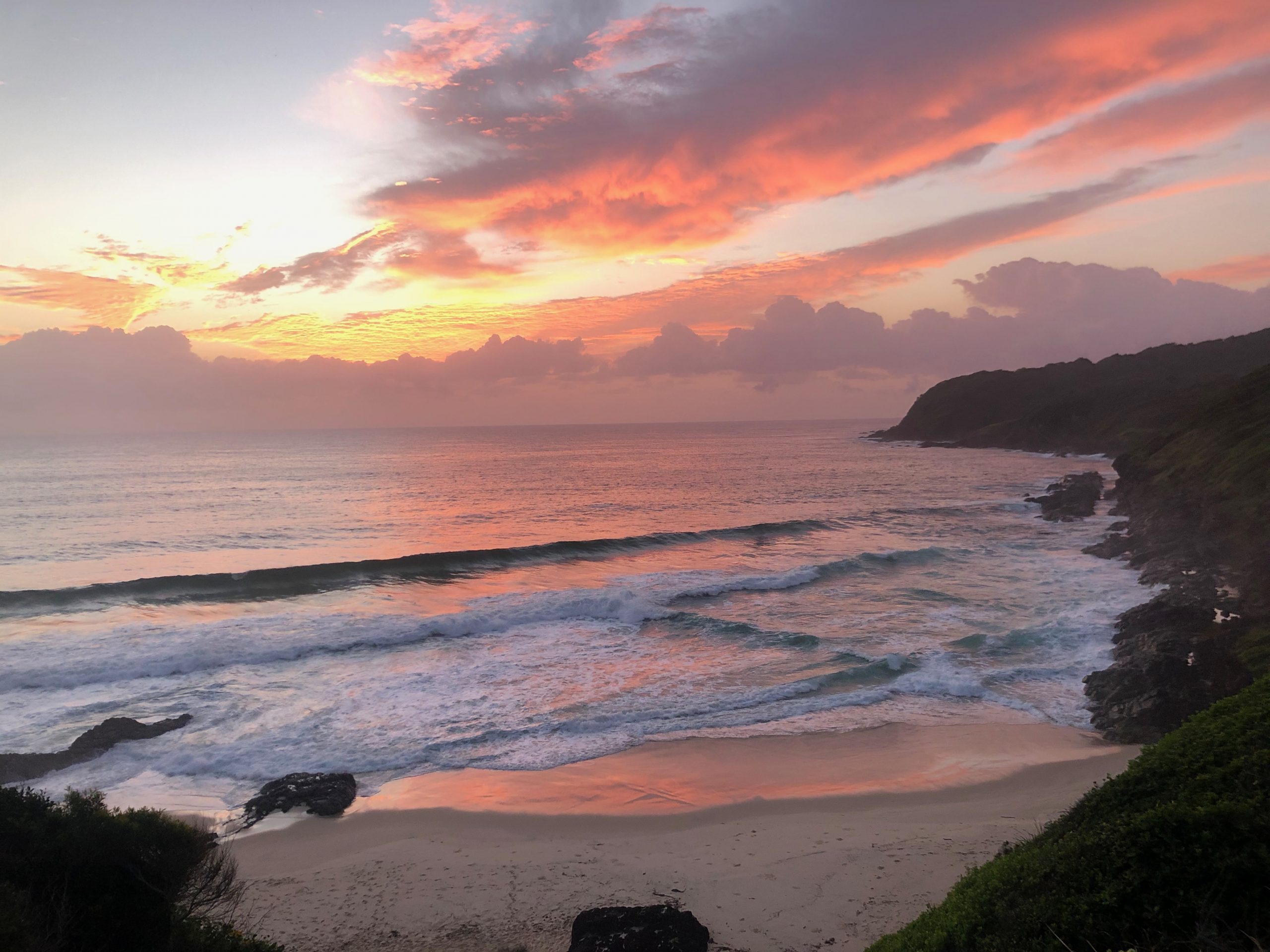The Great Freedom

After such a quiet period on the roads during lockdown, here in the Blue Mountains since Freedom Day we have had cars streaming up the Mountain highway, heading for Freedom. So I thought it might be a good time to explore what that word ‘freedom’ means for the follower of the Buddha Way.
In case 1 of the Wu-men Kuan, Chao-chou’s Dog, Wu Men writes in his comment, “At the very edge of birth-and-death, you find the Great Freedom. In the Six Worlds and the Four Modes of Birth, you enjoy a Samadhi of frolic and play.” He is describing what happens when you have been sitting with Mu for some time. The magpie singing calls Mu, the aromas of cooking in the kitchen engulf you in Mu, looking at the golden Spring moon you find it. The Samadhi of frolic and play expresses the great joy in life that our practice can give. So why call it a Great Freedom?
Being at the edge of birth and death is the key. That sounds very heavy, maybe scary. But what it means is being deeply and intimately with each moment of acting. Acting also includes sitting in zazen, the moment of deeply actualising, turning inwards and seeing clearly into our self-nature. This is being present at the edge of being, and finding the freedom to be open to each moment’s joys and sorrows. The self-centered tunnel view drops away, and you feel that the Buddha way, the steps you take along it and all your daily life are one and the same.
If you are not familiar with the Ten Oxherding Pictures, I suggest you look them up online. They were drawn by the 12th century Chinese Zen teacher Kuo-an Shih-yuan, with a commentary and verse for each drawing. They are a beautiful poetic and pictorial account of the search for self-nature, finding it and then in the last picture, as its title says, “Entering the market place with open hands”. This tenth picture is a drawing of an old man, simply dressed and barefoot, talking with a younger man. The old man has a bag on his back with fish and wine to take to sell at the marketplace. This picture is depicting a return to the world, after being at that edge of birth-and-death, with open hands of compassion. It depicts no holy or profane, no temple or marketplace, no enlightened or unenlightened. As it says in the Hsin-hsin Ming (Verses on the Faith Mind), “If you wish to move in the One Way, do not dislike even the world of senses and ideas. Indeed, to accept them fully is identical with true Enlightenment.” 3rd Patriarch, Sengtsan, 6th century China.
In his book “Zen Mind , Beginners Mind”, Shunryu Suzuki has a chapter called Control with a quote: “To give your sheep or cow a large, spacious meadow is the way to control him.” He talks about the experience we all have, especially as beginners, of sitting in zazen and thoughts try to take control. But you just let the thoughts go, they gallop around that spacious paddock, and disappear into the distance. Talking about experiencing Big Mind, he writes: “To live in the realm of Buddha nature means to die as a small being, moment after moment. When we lose our balance we die, but at the same time we also develop ourselves, we grow”.
So the freedom that we speak of in Zen is the freedom to see reality as it is and act from that clear seeing. The first step on the Eight-fold path is Right View and, although all the steps evolve together, Right View sets up our path by realising our self-nature and not clinging onto frozen views of reality. When we look at the world around us, we tend to package it into good guys and bad guys, OR good for me or bad for me. Notice that it’s all about me and it’s all about having neat packages and labels on life. We would rather hold on to what is neat and labelled and feeling like we have some control over it, and not feeling afraid of it, rather than releasing those frozen views and having the awakened view. Right view is fluid, and inclusive, and being free by becoming each moment.
So, back to my initial comment about that surge of traffic up the Mountains, perhaps with that song “Freedom! Freedom!” going from the sound system. For most people, freedom meant the joy of reconnecting with family, friends and school mates. Unfortunately in our society, freedom is often presented as a freedom of choice of goods and services. There’s not much emphasis on responsibilities, and only grudgingly any acceptance of the interdependence of beings. How sad that life and all its creativity can be reduced to profit margins. Fortunately, our Zen Roadmap only leads us to this very place now.
With various friends I have been discussing what we loved about our lockdown time; the things we did differently; what we would include in our new post-lockdown life and what we would discard. I’m exploring Suzuki’s words, of finding control within a spacious paddock, and what it means for me to live in the realm of Buddha, and to truly live the reality of Hakuin’s words: “This very place is the Lotus Land; this very body, the Buddha.” That’s our Freedom.
This essay was written by Jane Andino, apprentice teacher, and published in the Dec 21/Jan2022 Newsletter






